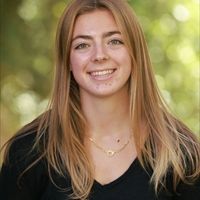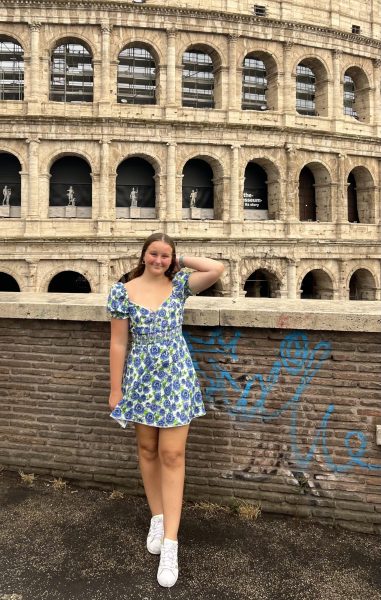Branson students host first affinity fair
December 6, 2021
Branson held its first affinity fair during assembly on Nov. 18. Just like the clubs fair held earlier this year, students took a tour around tables that advertised the affinity spaces.
“The fact that we have 16 affinity groups, which is the most Branson has ever had, is really exciting. It was great to see all the students in the commons learning about each other — that’s the kind of education you just can’t get in the classroom,” JuanCarlos Arauz, director of diversity, equity and inclusion, said.
Affinity spaces are important to Branson school culture with time built into the weekly schedule for groups to meet once a week or whenever they want, as determined by their leaders.
“[Affinity spaces] add a really safe space where you can talk about certain parts of your identity more freely with people who understand what you are talking about and where you are coming from,” Mia Shay, co-leader of Women’s Leadership affinity group, said.
“I appreciate how safe it feels and how it helps people feel less alone,” said Eva Lacy, co-leader of Women’s Leadership. Affinity groups are very beneficial to connecting the Branson community, and this fair provided a helpful place for students to explore the different spaces they identify with.
In addition, “affinity spaces are places where students can express their emotions and experiences with a shared group of people. I feel connected to Women of Color because I know it’s a safe space to express my authentic self,” Lumina Tagliaferri, a leader of Women of Color, said.
Chanpisey Ung, another leader of WOC, pointed out that the affinity fair gives students an opportunity to learn more about affinity spaces and see what they have to offer.
“I think that only sending out emails about the groups made it really hard to convey what the groups do or who they are,” Ung said.
Many affinity space leaders feel that one of the most important parts of their role is to create a space that feels welcoming and safe for their members. They are also a good way to connect with students that share similar identities.
“I’ve found that joining affinity groups can be a great way to meet new people in other grades,” Daphne Hwang, a leader of Mentally Ill and Neurodivergent affinity group, said. “Hopefully it can be an opportunity for underclassmen to maybe talk to me and Bella [Bella Balmaseda, another MIND leader] so that they feel like they know people coming in, which could make Branson less intimidating for them.”
The pandemic has made becoming a part of Branson and feeling a sense of belonging difficult for each grade. Clubs and affinity groups offer spaces for social connection through shared identities and interests, which benefit students seeking community.
Arauz said that “for individual students to feel that they belong to the larger community of Branson, the first step is to let them feel like they belong to these smaller communities.”




